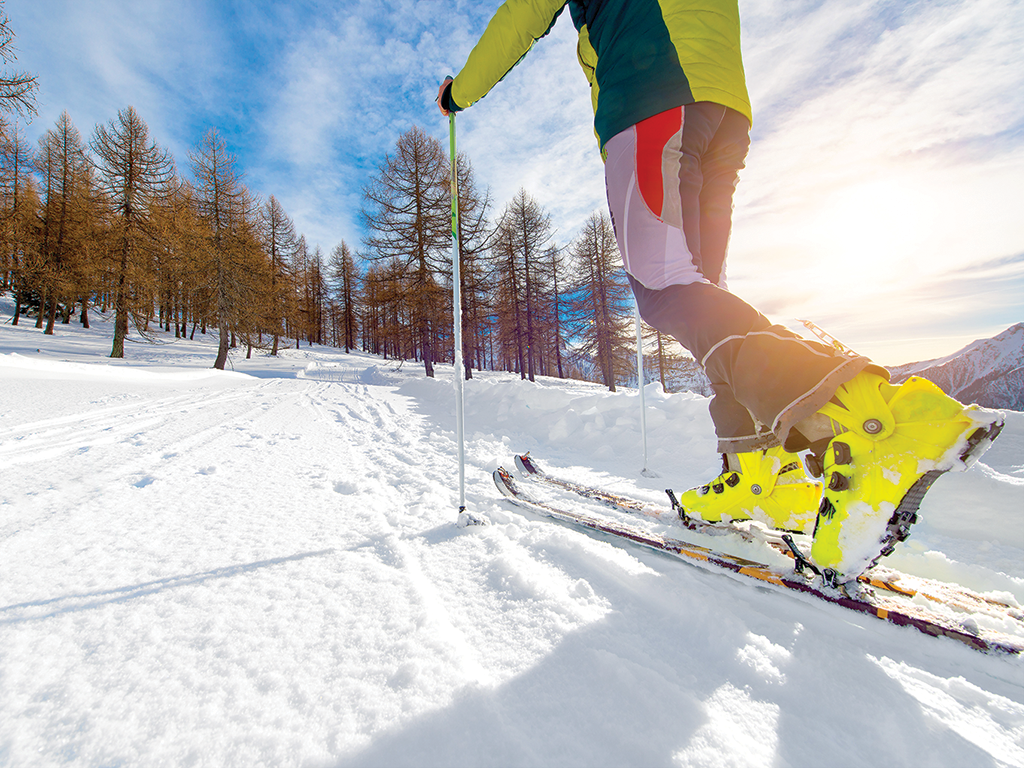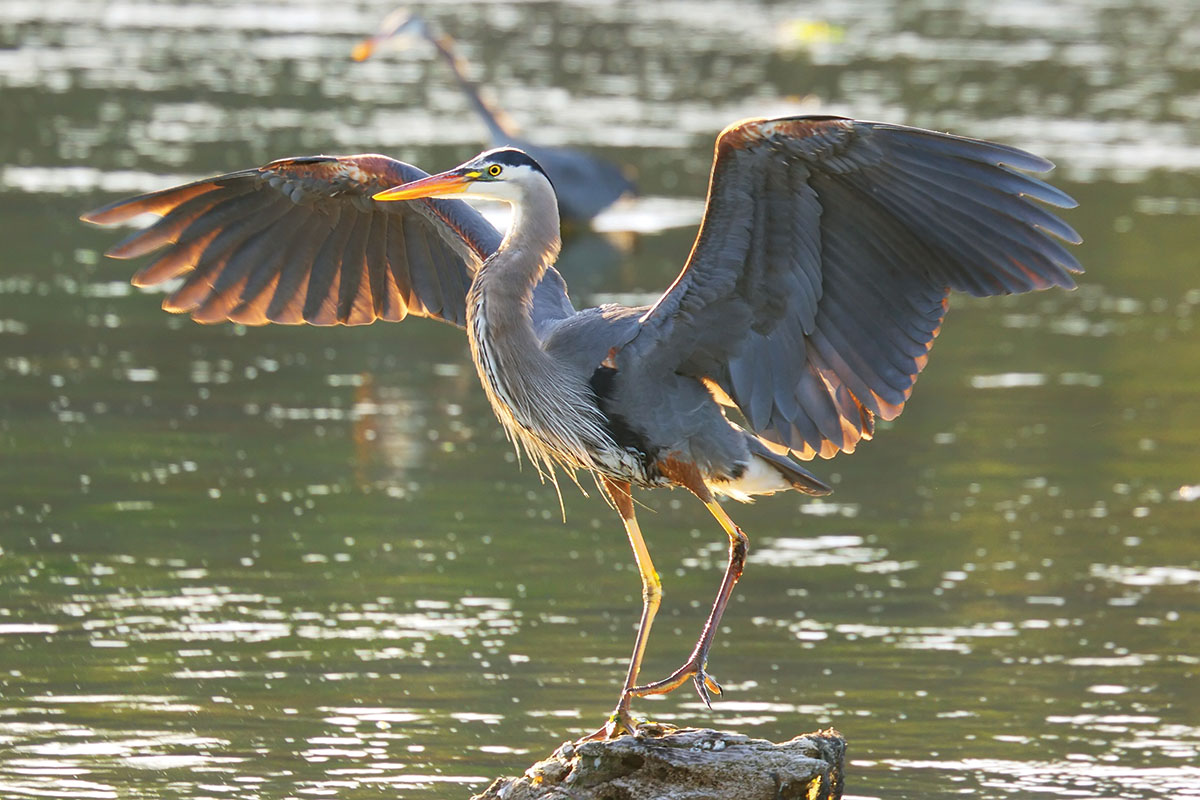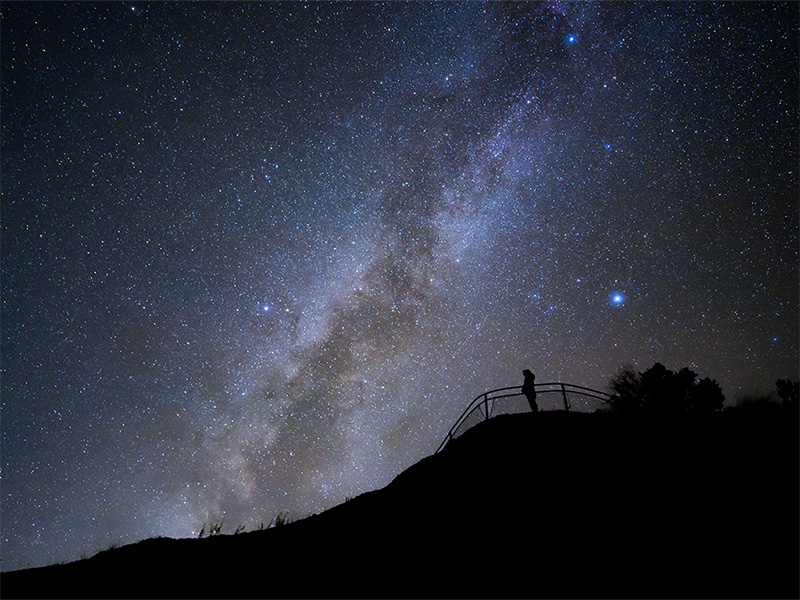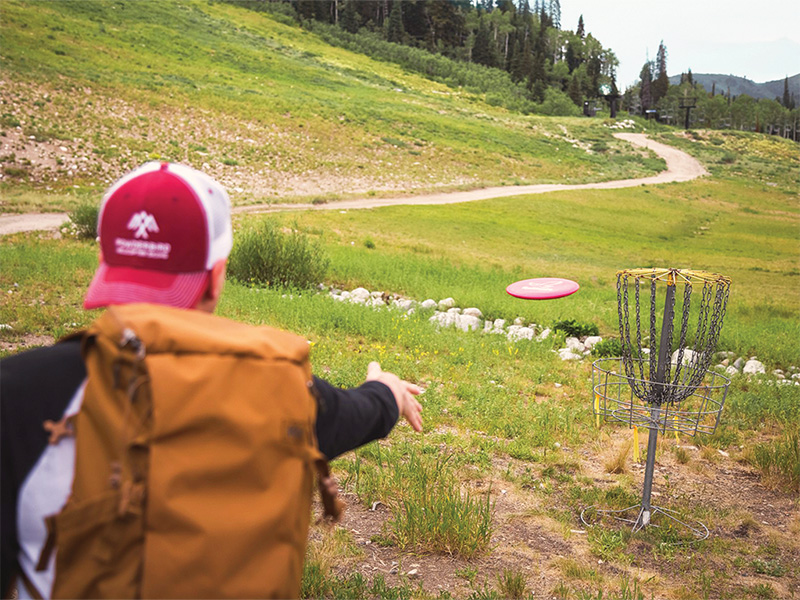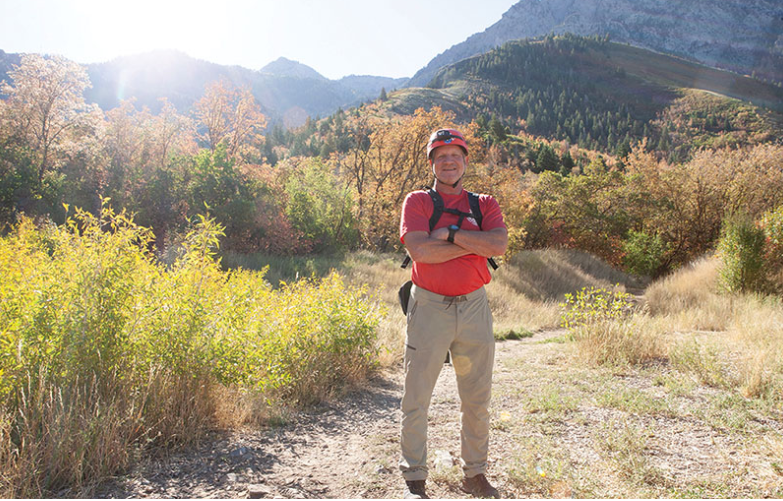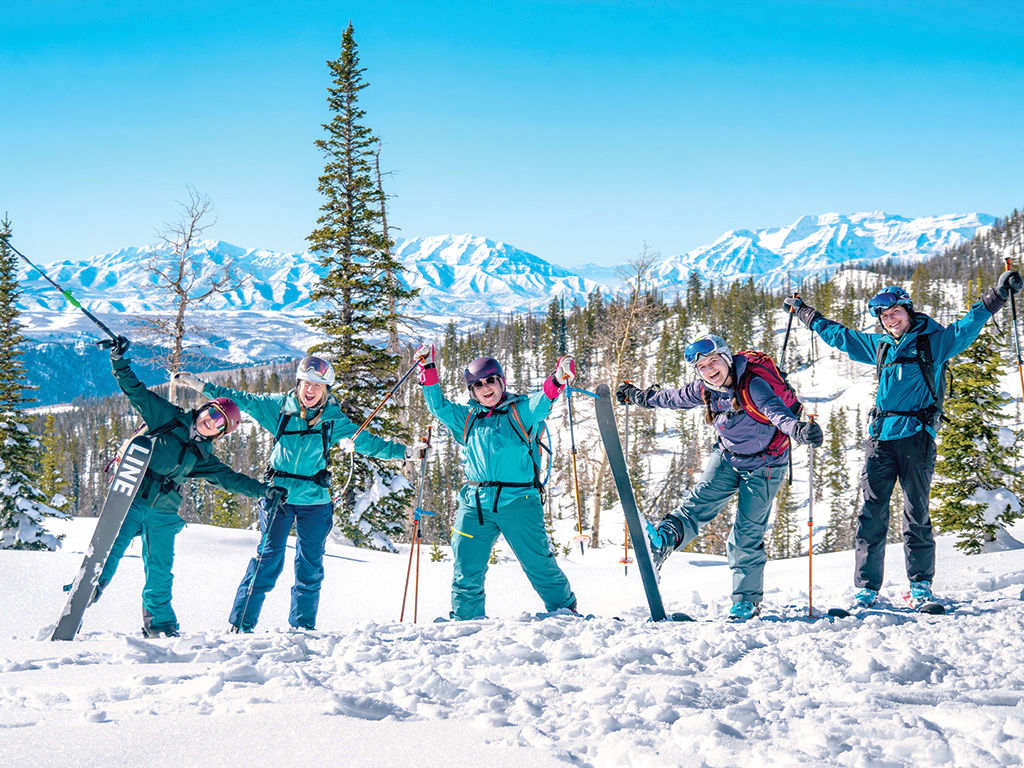
As my heart rate steadied, I took in my surroundings and felt a bit disoriented. I’m used to looking from…
Read More
Melissa (O' Brien) Fields is a contributing writer for Salt Lake magazine. She is an accomplished freelance writer and editor with more than 20 years of experience.
